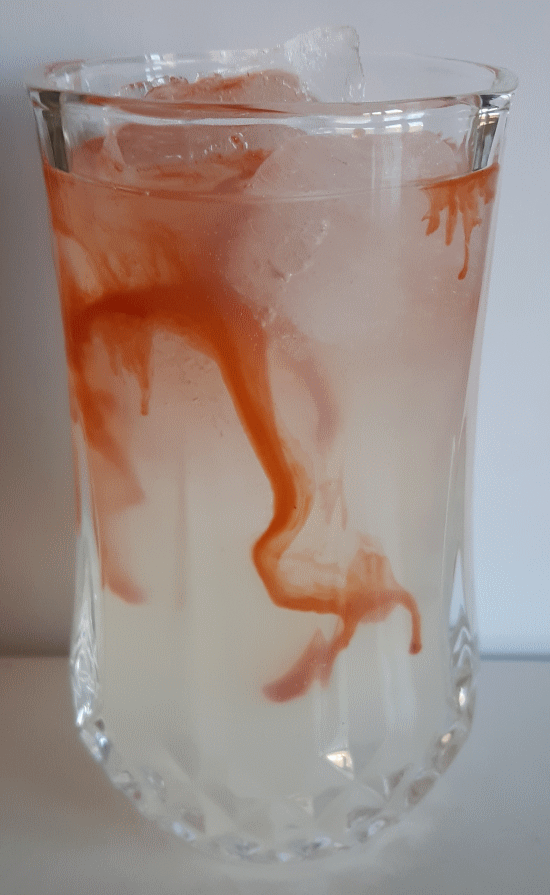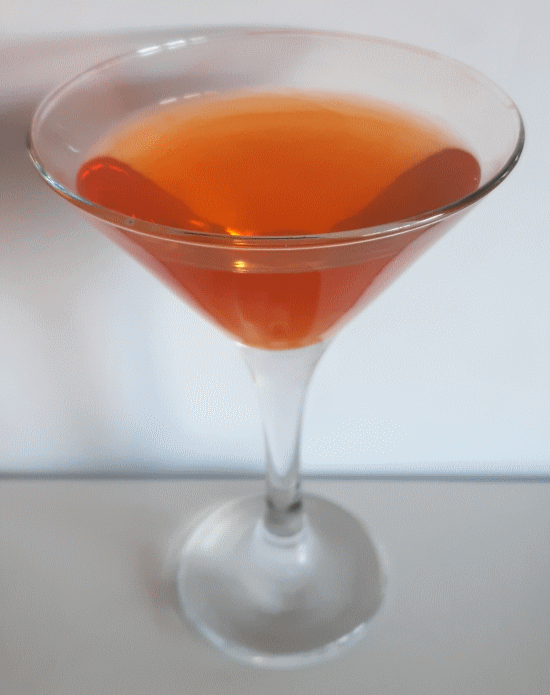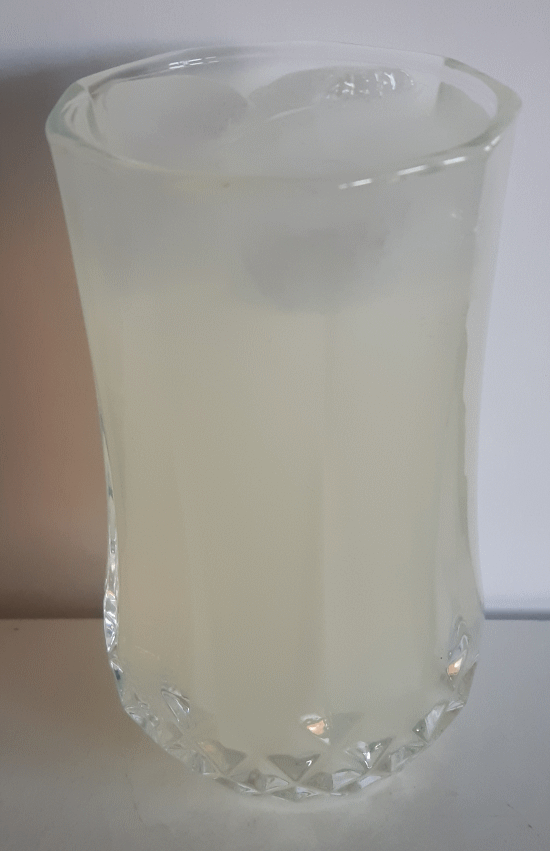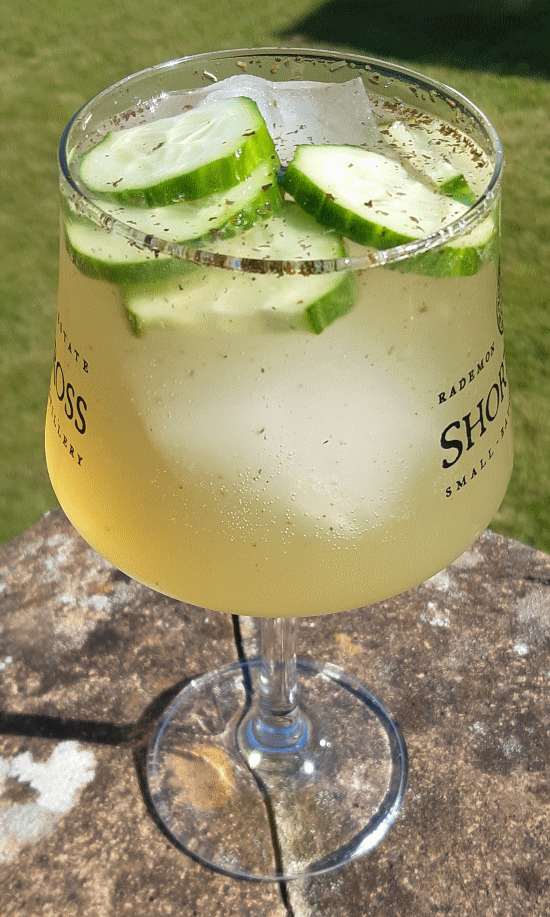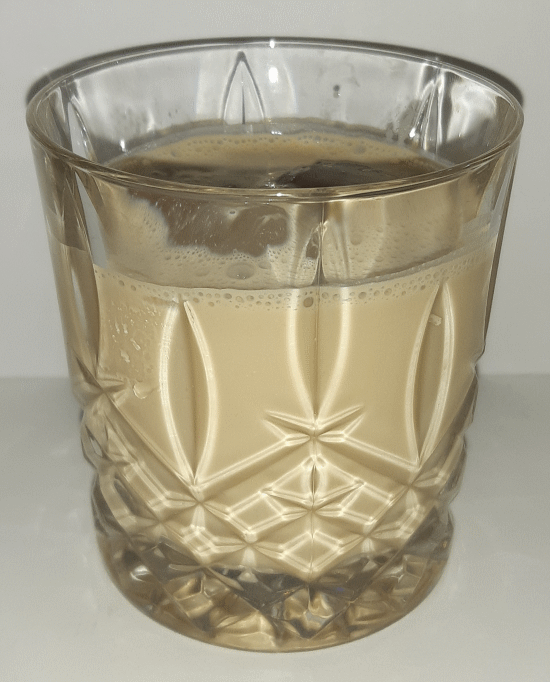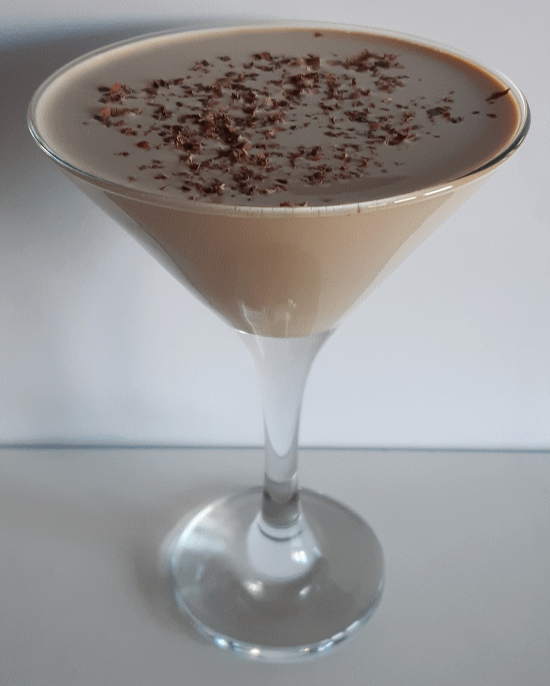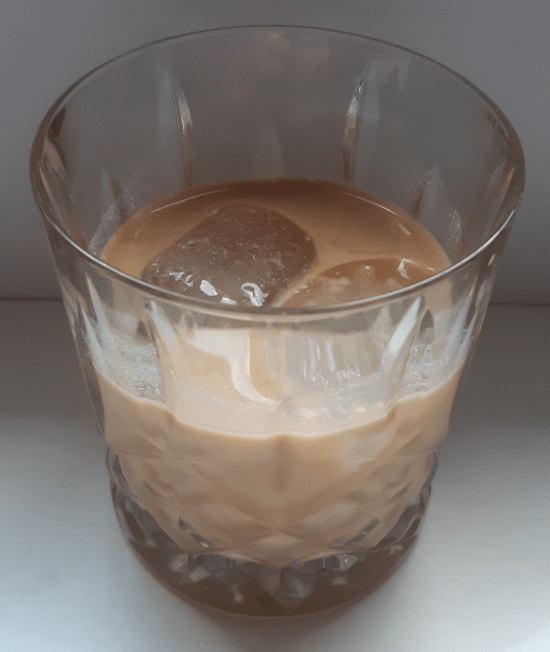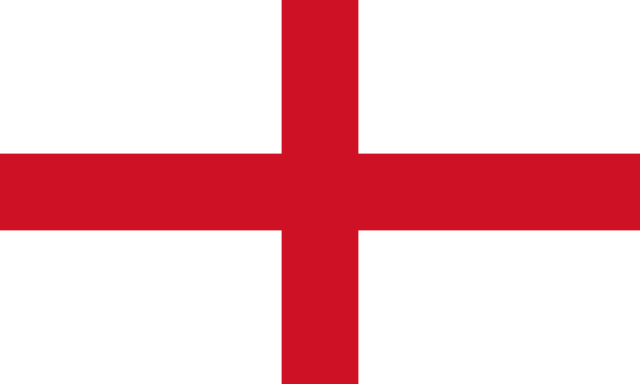To help you join in with the upcoming #FridayNightCocktails on the 29th April, we’ve compiled the ingredient list in two formats:
- Separate ingredient lists for the four cocktails we’ll be making, but without quantities or the cocktail names.
- Combined the ingredients into an alphabetical list so as to not “give the game away”.
We’ve hidden the two lists behind toggles so you can choose which list you want to use; this is a new method and we’d appreciate feedback on how well you think it works.
Separate Ingredients
First Cocktail
Spirits
Amaretto
Coffee Liqueur
Irish Cream
Suggestions
[cocktail-ingredient name=”Disaronno Originale”][cocktail-ingredient name=”Kahlua Coffee Liqueur”][cocktail-ingredient name=”Bailey’s Irish Cream”]
Mixers
Single Cream
Second Cocktail
Spirits
Aromatic Bitters
bourbon
Suggestions
[cocktail-ingredient name=”Angostura Aromatic Bitters”][cocktail-ingredient name=”Maker’s Mark bourbon Whisky”]
Mixers
Simple Syrup
Water
Garnish
Maraschino Cherry
Orange Wheel
Third Cocktail
Spirits
London Dry Gin
Suggestions
[cocktail-ingredient name=”Sipsmith London Dry Gin”]
Mixers
San Pellegrino Limonata
Sparkling Water
Suggestions
[cocktail-ingredient name=”San Pellegrino Classic Taste Lemon Slim Cans”][cocktail-ingredient name=”Harrogate Sparkling Spring Water”]
Garnish
Lemon Wheel
Fourth Cocktail
Spirits
London Dry Gin
Dubonnet Red
Suggestions
[cocktail-ingredient name=”Sipsmith London Dry Gin”]
[cocktail-ingredient name=”Dubonnet Red”]
Combined Ingredients
Spirits
Amaretto
Aromatic Bitters
bourbon
Coffee Liqueur
Dubonnet Red
Irish Cream
London Dry Gin
Suggestions
[cocktail-ingredient name=”Disaronno Originale”][cocktail-ingredient name=”Angostura Aromatic Bitters”][cocktail-ingredient name=”Maker’s Mark Bourbon Whisky”][cocktail-ingredient name=”Kahlua Coffee Liqueur”][cocktail-ingredient name=”Dubonnet Red”][cocktail-ingredient name=”Bailey’s Irish Cream”][cocktail-ingredient name=”Sipsmith London Dry Gin”]
Mixers
San Pellegrino Limonata
Simple Syrup
Single Cream
Sparkling Water
Water
Suggestions
[cocktail-ingredient name=”San Pellegrino Classic Taste Lemon Slim Cans”][cocktail-ingredient name=”Harrogate Sparkling Spring Water”]
Garnish
Maraschino Cherry
Orange Wheel
Lemon Wheel
There can be quite a few spirits used each time we do a Friday night cocktails, but the same spirits are generally used over and over again. Strong spirits like whiskey, gin, vodka and so on will last months to a year or two once opened (how long will depend on how often the bottle is opened.
Fortified wines such as dry and sweet vermouth, port and Dubonnet will keep for a few weeks before deteriorating. If stored in the fridge, dry vermouth will be good for about four weeks, sweet vermouth and Dubonnet for two months and port for up to three months.


